A healthy lifestyle will make your heart healthier. Here are 10 tips you can do to look after your heart.
Give up smoking
- Quitting smoking is the single best thing you can do for a heart health.
Smoking is one of the main causes of coronary heart disease. - A year after giving up smoking, your risk of heart attack falls to about half that of a smoker.
Get active
- Getting and staying active can reduce your risk of developing heart disease.
- It can also be a great mood booster and stress buster.
- 150 minutes of moderate intensity aerobic activity every week (30 minutes of activity 5 times a week).
- Have a look at the fitness sessions I offer!
Manage your weight
- Being overweight can increase your risk of heart disease.
- Stick to a healthy, balanced diet, low in fat and sugar, with plenty of fruit and vegetables.
- If you are overweight try and put a plan in place to address it.
Eat more fibre
- East plenty of fibre to help lower your risk of heart disease – aim for at least 30g a day.
- Eat fibre from a variety of sources, such as wholemeal bread, bran, oats and wholegrain cereals, sweet potatoes with their skins on, and plenty of fruit and veg.
Cut down on saturated fat
- Eating too many foods that are high in saturated fat can raise the level of cholesterol in your blood. This increases your risk of heart disease.
- Choose leaner cuts of meat and lower fat dairy products like 1% fat milk over full-fat (or whole) milk.
Get your 5 A Day
- Eat at least 5 portions of a variety of fruit and vegetables a day. They are a good source of fibre, vitamins and minerals.
- There are lots of tasty ways to get your 5 A Day, like adding chopped fruit to cereal or including vegetables in your pasta sauces and curries.
Cut down on salt
- To maintain healthy blood pressure, avoid using salt at the table and try adding less to your cooking.
- Once you get used to the taste of food without added salt, you can cut it out completely.
- Watch out for high salt levels in ready-made foods. Most of the salt we eat is already in the foods we buy.
- Check the food labels – a food is high in salt if it has more than 1.5g salt (or 0.6g sodium) per 100g.
- Adults should eat less than 6g of salt a day in total – that’s about 1 teaspoon.
Eat fish
- Eat fish at least twice a week, including a portion of oily fish. Fish such as pilchards, sardines and salmon are a source of omega-3 fats, which may help protect against heart disease.
- Pregnant or breastfeeding women should not have more than 2 portions of oily fish a week.
Drink less alcohol
- Do not forget that alcohol contains calories. Regularly drinking more than the NHS recommends can have a noticeable impact on your waistline.
- Try to keep to the recommended daily alcohol limits to reduce the risk of serious problems with your health, including risks to your heart health.
Read the food label
- When shopping, it’s a good idea to look at the label on food and drink packaging to see how many calories and how much fat, salt and sugar the product contains.
- Understanding what’s in food and how it fits in with the rest of your diet will help you make healthier choices.
